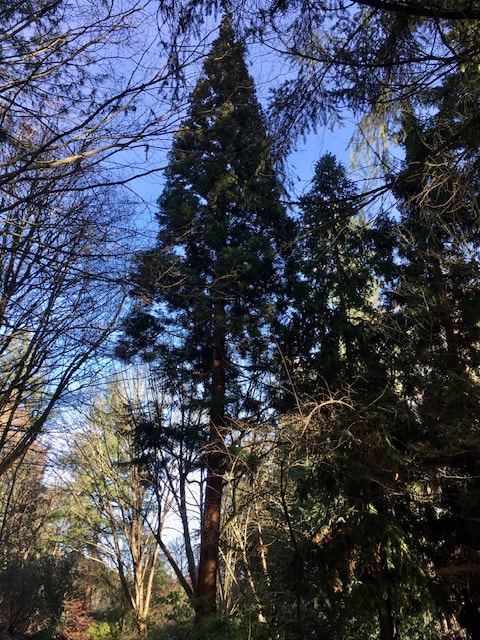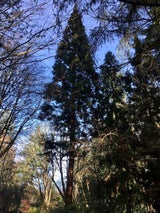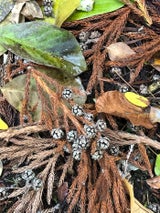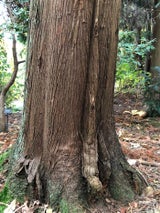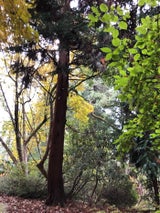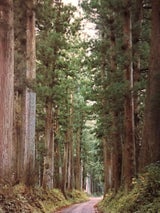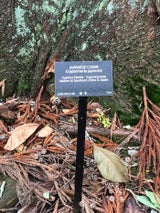- Plant IDs
- >
- ID By Type
- >
- Trees
- >
- Evergreen Trees
- >
- Conifers
- >
- Cryptomeria japonica
Cryptomeria japonica
Common names: Japanese cedar, Sugi
Cryptomeria japonica: Cryptomeria is a monotypic genus. It contains only one species, Cryptomeria japonica, also known as Japanese cedar or Sugi. C. japonica belongs to the Cypress family (Cupressaceae). It is a fast-growing and long-lived tree, unrelated to the true cedars (Cedrus).
C. japonica is shaped like a pyramid or cone and has horizontally spreading branches with short, green, awl-shaped needles that are arranged spirally. The needles give off a light pine-like scent. In winter, the foliage may take on a coppery colour. C. japonica can reach heights of fifty metres (164 feet) or more. The tall, straight trunk has rusty brown bark that peels in vertical strips. Japanese cedar is one of a few conifers that will coppice. It will sprout back from cut stumps.
Cryptomeria japonica is the national tree of Japan. It can be found planted at many temples and shrines. The few remaining natural populations are small because of many centuries of exploitation. Jomon Sugi is the name of a Japanese cedar found at the UNESCO World Heritage Site on Yakushima Island. It is the oldest and largest of the C. japonica trees on the island and is estimated to be between 2000 and 7200 years old. It is revered as Japan's oldest tree.
After World War II, Japan was in need of a quick supply of wood to rebuild the country so large areas of slow-growing deciduous species were cut down and replaced with the fast-growing and disease-resistant C. japonica trees. This created a problem. Japanese cedar is monoecious and produces large amounts of pollen in the male cones. The pollen causes pollinosis, also known as hay fever. About one-quarter of the Japanese population is said to suffer from the ailment.
There is an avenue of Cryptomeria japonica trees in Nikko, Japan which contains over thirteen thousand C. japonica trees. The first trees planted along the avenue are said to have been planted by a daimyo (feudal lord) who was too poor to offer a stone lantern at the funeral of the shogun. He was permitted to plant an avenue of Japanese cedars as his offering. Today the avenue is thirty-seven kilometres long.
Many cultivars of Cryptomeria japonica have been developed. These are scattered through various areas of VanDusen.
Garden Story about hay fever allergy
Text and photos by Kumi Sutcliffe, except:
Tall tree main photo by Hughie Jones
Avenue of trees from an old postcard purchased by Kumi
